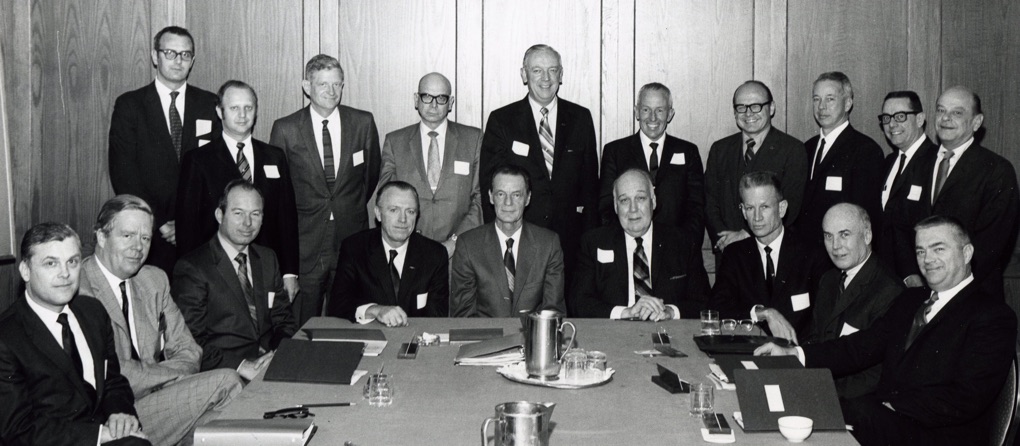Mission
The General Aviation Manufacturers Association (GAMA) exists to foster and advance the general welfare, safety, interests and activities of the global business and general aviation industry. This includes promoting a better understanding of general aviation manufacturing, maintenance, repair, and overhaul and the important role these industry segments play in economic growth and opportunity, and in serving the critical transportation needs of communities, companies and individuals worldwide.
Vision
Our vision is to be recognized as the most effective trade association in business and general aviation, aerospace manufacturing, and in the maintenance, repair and overhaul domain through:
- Enhancing safety through innovation and the promotion of quality training
- Facilitating improvements in certification, audit and regulatory processes
- Fostering sustainable general and business aviation growth
- Promoting the economic impact and societal benefits of general and business aviation
- Achieving organizational excellence

